Publisher’s note/warning: This article depicts French nightlife of the 1920s and contains one semi-nude image of personality of note on page 1.
Part 1: Josephine Baker, Ada Bricktop Smith, Alberta Hunter and Friends
Here’s a once-upon-a-time story almost too outrageous to be true — how the Montmartre section of Paris was transformed into a booming Harlem-style Jazz district between the two World Wars. Yet, rarely have the women of this community received full credit for their vanguard role shaping and sustaining this remarkable outpost of the Harlem Renaissance in Paris.
“It was a thrilling, wide-open town. Paris had everything that New York had and then some. The cafes or bars stayed open 24 hours a day. Living was not expensive. he people were friendly and a jazz musician was considered a human being.” –Trumpeter Bill Coleman
Harlem-On-The-Seine
After World War I, Paris was a magnet for African American musicians, writers, poets and performers. A general atmosphere of artistic ferment and revolutionary politics prevailed. By the mid-1920s there was Jazz in the cabarets, nightclubs and bars. Paris became an outpost of the Harlem Renaissance: Harlem-on-the–Seine.
In the mid-1920s Jazz arrived in Paris with “Revue Nègre” featuring dancer Josephine Baker and a band including clarinet player Sidney Bechet and pianist Claude Hopkins. Baker triggered an insatiable demand for black American music, culture and personalities, drawing in her wake African-American singers, dancers, jazz musicians and entertainers of all stripe. Many arrived touring Europe with bandleaders Noble Sissle, Sam Wooding, Benny Peyton or others and decided to stay.
Starting about 1924 the Montmartre section of Paris was transformed into a booming Harlem-style Jazz district. It was a mecca for Jazz with the greatest influx of black musicians, most relaxed law enforcement and wildest bars. The district lit up at night with cabarets, American-style bars and vibrant nightlife.
The narrow streets and shabby structures became a playground for the affluent international set. The few nightspots that weren’t outright jazz cabarets presented music from Argentina, Cuba, Martinique or the Lesser Antilles. A chic elite flocked to Josephine Baker’s nightclub, Le Grand Duc, Bricktop’s cabaret, Chez Florence, Zellis Royal Box and the Jazz bars of Paris.
Josephine Baker and Le Tumulte Noir
The performance of Josephine Baker in “Revue Nègre” astounded even the jaded French. Appearing semi nude and miming sex in Folies-Bergere (1925-26) she was a sensation in Brussels, Berlin and Paris.
Establishing herself in Paris, Baker quickly distanced herself from other black Americans, took a “Count” for a lover and launched Chez Josephine, a fancy late-night club in the intimate cabaret style. Charging the highest prices in Paris, hers was among the first nightclub on the Champs Elysee.
Excitement over Josephine Baker (1907-1975) launched “Le Tumulte Noir:” a mania for black American entertainment and hunger for all things African American. “La Baker” became the object of a cult almost without equal in France. French women copied her hairstyle; some even imitated her darkness staining their skin with walnut oil. “Bakair” dolls, perfumes, and pomades were fashionable.
Yet, Baker’s vast success had little to do with her singing — which was neither Jazz nor Blues but a mélange of Cabaret, Musical Theater and Popular song. Her success grew instead from a talent for projecting her appealing persona through song and dance, in photos and interviews, or the dazzling spectacles she staged in the most fashionable venues.
Ram Pam Pam by Josephine Baker (mp3):
Observer Janet Flannery recalled Josephine’s 1930 production in her memoir Paris Was Yesterday 1925-1939:
“Excellent imported British dancing choruses of both sexes, a complete Russian ballet, trained pigeons, a live cheetah, roller-skaters, the prettiest Venetian set of the century, a marvelous first-act finale, acres of fine costumes, the four best cancan dancers in captivity . . . and an aerial ballet of heavy Italian ladies caroming about on wires. The show even contains long glimpses of the beautiful Baker . . . .
She has, alas, almost become a little lady. Her caramel-colored body, which overnight became a legend in Europe, is still magnificent, but it has become thinned, trained, almost civilized. There is a rumor that she wants to sing refined ballads . . . On that lovely animal visage lies now a sad look, not of captivity, but of dawning intelligence.”
Intelligence indeed. Living permanently in France during the next half-century her achievements included being the first African-American female to star in a major motion picture (Zouzou, France 1934), assisting the French Resistance for which she was decorated, and becoming a fierce international civil rights campaigner. No American was more beloved by the French nation than Josephine Baker.
Baker’s rendition of “J’ai Deux Amor” (I Have Two Loves, 1930), possibly her biggest hit, was a fitting metaphor for black life in Montmartre, torn between the newfound freedom of Paris and yearning for home.
J’ai Deux Amor.mp3
I have two loves
My country and Paris.
By them always
Is my heart ravished.
My savannah is beautiful,
But why deny that
what puts a spell on me is Paris,
Paris in its entirety.
Seeing it one day
Is my pretty dream.
I have two loves,
My country and Paris.
Today you can view her scandalous Banana Dance (originally performed nude above the waist) on Youtube, or revisit Josephine’s glory at the lavish and elegant Official Josephine Baker website.
Louis Mitchell at Casino de Paris, 1920-24
The first so-called “jazz” in Paris was Louis Mitchell’s Jazz Kings at Casino de Paris. A decent if antic drummer, Mitchell’s syncopated rhythms were the main attraction. A huge financial success, his salary of 7,000 francs per week was about 10 times that of a member of cabinet.
Casino de Paris set the mold for Jazz performance in Paris nightclubs and cabarets. The Jazz ensemble played twenty to thirty minute sets, alternating with an orchestra performing waltzes, tangos or tame dance music, a pattern employed by most Parisian nightclubs and cabarets.
C’est Paris! – Mitchell’s Jazz Kings, 1923
Le Grand Duc and Florence Embry Jones
Florence Embry-Jones was the first black American female to successfully perform and settle in Paris. Singer and dancer Florence Embry Jones (1892-1932) and her husband, piano player Palmer Jones (1888-1928) thrived in Paris during the early 1920s.
From 1921-27, Palmer Jones was key in a succession of bands central to African American music in Paris: The Jazz Kings, The International Five and the Crackerjacks. The latter prominently featured singers including Florence. Together the couple launched and ran several legendary nightclubs: Le Boeuf Sur Le Toit (The Cow On The Roof) and Chez Florence.
The Jones launched Le Grand Duc in 1924. It was a huge success from the start thanks in part to Florence’s dramatic appearance in a clinging gold gown and crown of orchids, singing her way across the floor accompanied by her husband’s piano. She was also an excellent chef, offering the finest fried chicken and waffles east of the Atlantic.
The first American-style bar in Montmartre, Le Grand Duc anchored a growing black-American community, serving as an informal headquarters for African-American entertainers. They gathered after-hours until early morning for jam sessions, down home food, gossip and news from home.
It was where singer/cabaret host Ada “Bricktop” Smith first performed in 1924. She quickly established herself among American ex-pats living in or visiting Paris, and was soon running her own famed cabaret, re-launching it several times at various locations.
- (Page 1 of 2)
- Next page →

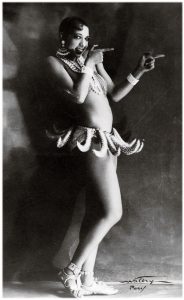
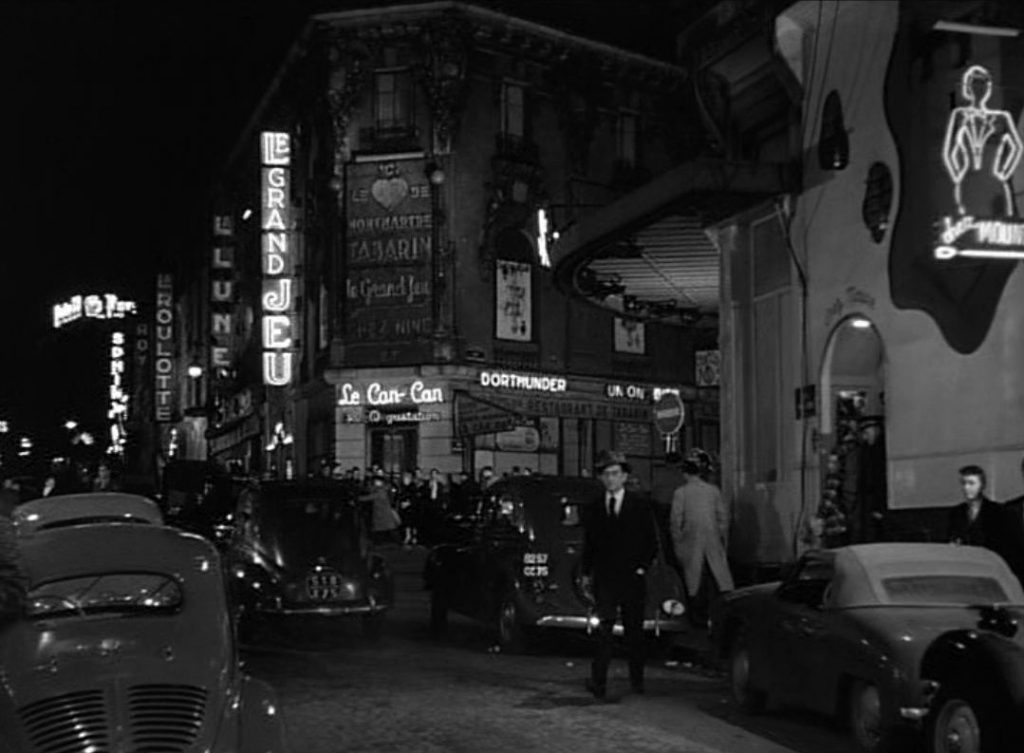
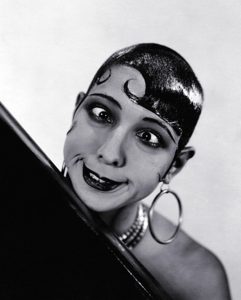
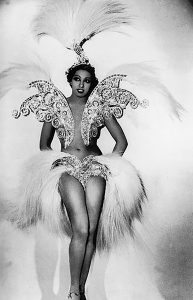
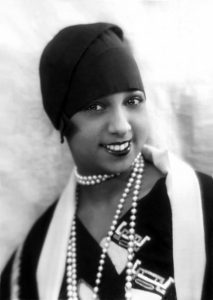
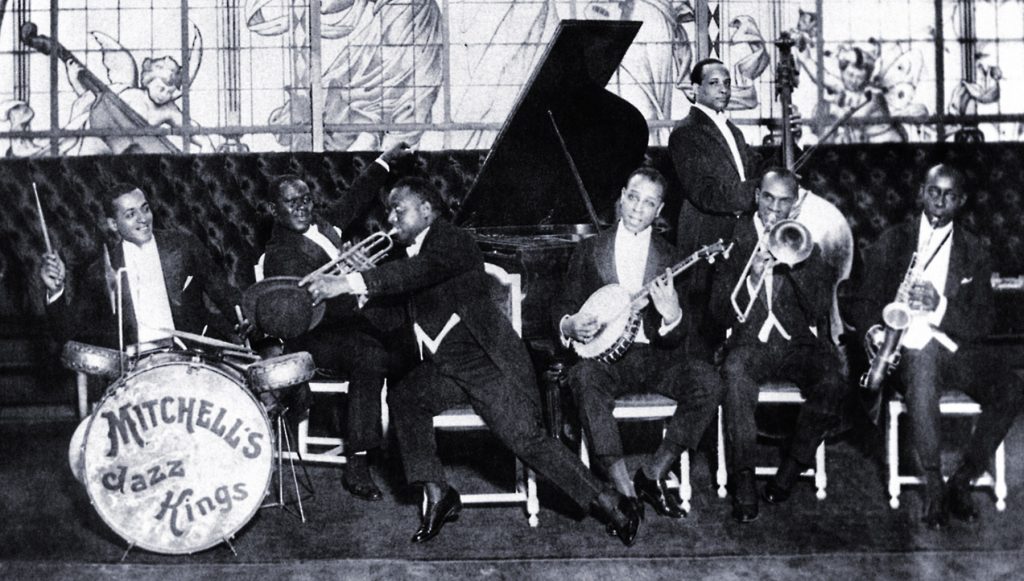
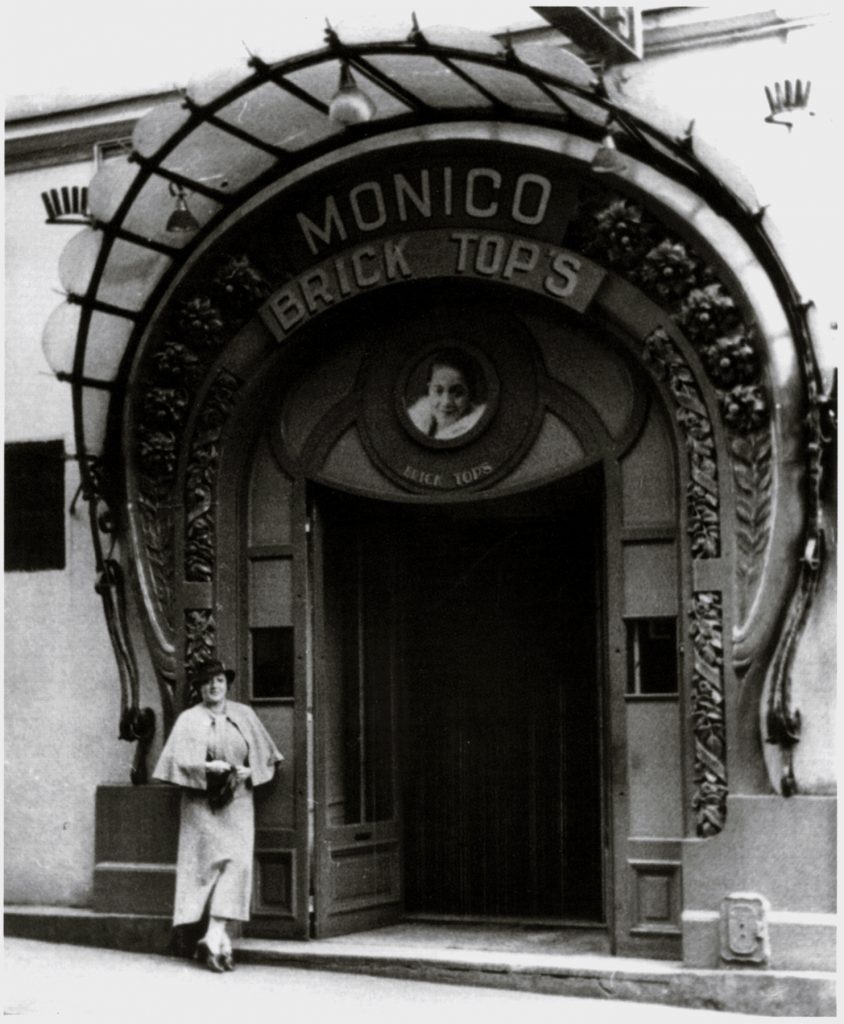
For more see:
Josephine Baker’s Banana Skirt Dance
https://youtu.be/L9jNCm6CVV0
FranK Goudie’s Paris
http://www.jazzhotbigstep.com/137101.html
Frank Goudie in Paris
http://www.jazzhotbigstep.com/752934.html
Thanks for posting this. Hard Rock was huge in early 70’s when I was in high school in Georgia which seven then had plenty of racial prejudices to cope with. The Rock music from those times often seemed to me as self-absorbed, obnoxiously grating noise. Discovering Jazz was a joy and sounds of Count Basie, Duke, Lester and Billie became my music of choice. Explored French Jazz scene with Django Reinhardt my gateway musician from the time. No surprise many African Americans who could left the states for country where they were less segregated and more appreciated. Many good reads on Jazz. Robert Gottlieb’s “Reading Jazz” abounds with conversations from collection of well-known Jazz personalities, and although not focused upon the golden age of French Jazz, it is a book I recommend wholeheartedly.
I found most of the audio links to be BUNK (and not “Johnson”), just unable to produce any audio.
Sorry to hear that Mugg. Perhaps if you try another browser, or computer instead of cell phone? Best
Errors: The Grand Duc was launched by Louis Mitchell in 1923 and the management was assumed by Gene Bullard in December. Florence and Palmer only performed there. He left in February 1924, and she left in March. Neither had any connection with the Crackerjacks or the Boeuf sur le Toit.